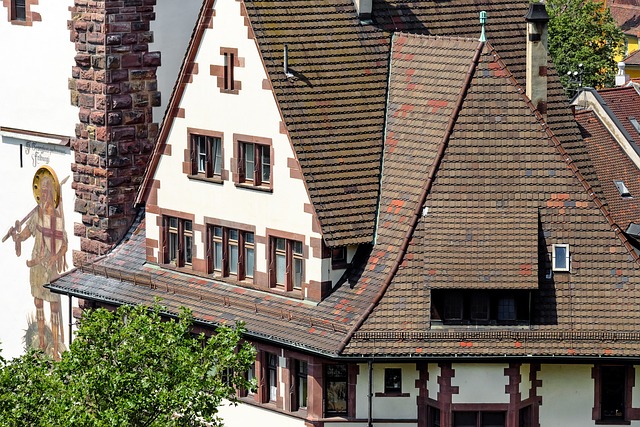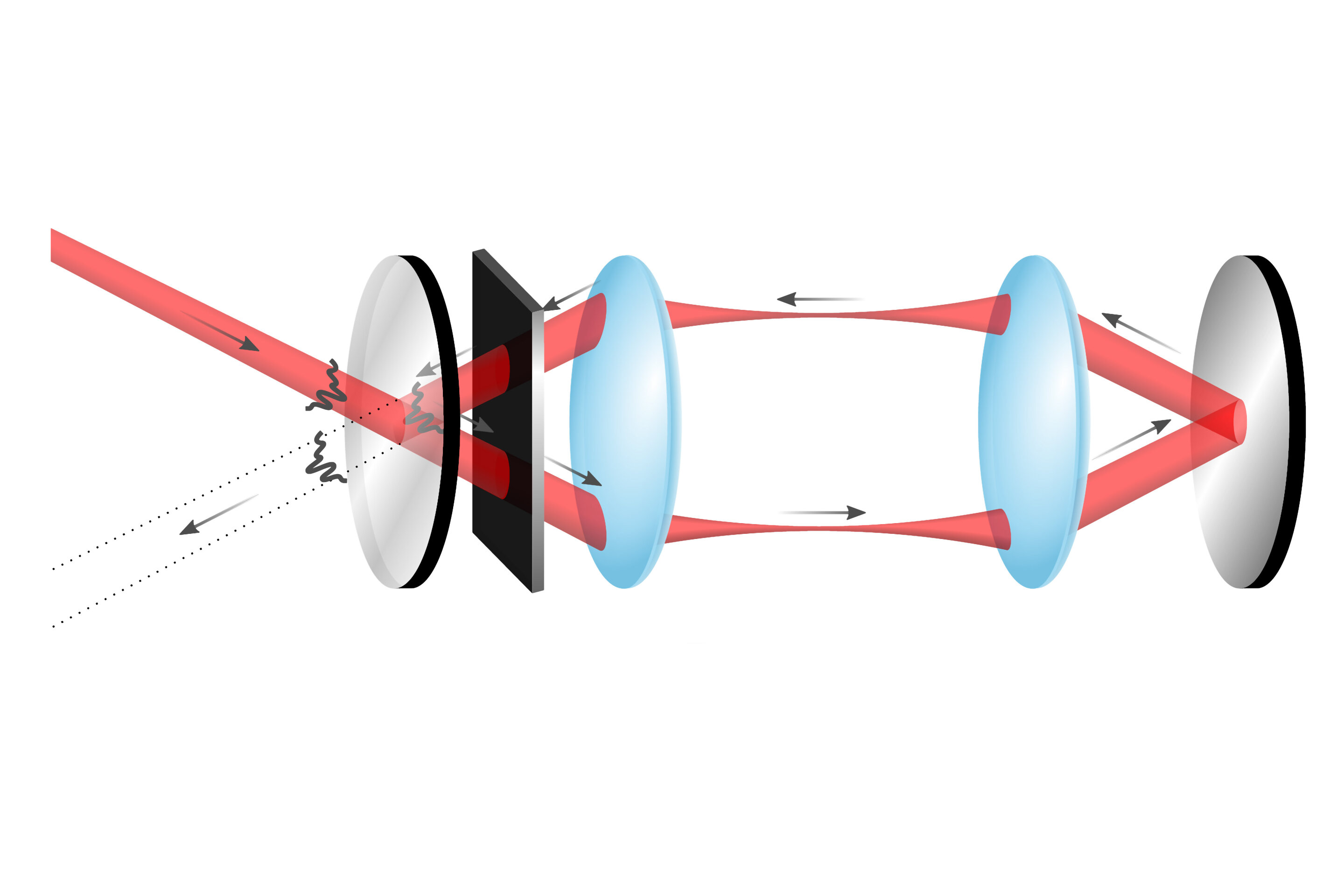As homeowners, we often focus on interior design and décor, but neglecting the exterior can make all our efforts feel incomplete. Your roof is not only an essential aspect of protection and shelter but also plays a significant role in enhancing the aesthetic appeal of your home. However, choosing a suitable roofing style that complements the architectural style of your house can be overwhelming. Should you opt for traditional or modern? Flat or sloping? The options are endless.
Before making any decisions, it’s crucial to understand how your roof design can align with the overall architecture of your home. This article will guide you through the process of crafting harmony between your roof and home architecture.
1. Consult With Professionals
Consulting with professionals can drastically alter the outcome of your roofing project for the better. Experienced architects and roofers have the expertise and knowledge to suggest roofing designs that will enhance your home’s architectural style. They are familiar with various roofing materials and styles and can make recommendations based on your home’s structure, your local climate, and your personal preferences.
Moreover, they can help you visualize the result through drawings or 3D models before the installation begins. Professional advice from experts in North Georgia metal roofing installation, for instance, can prevent costly mistakes and ensure that your new roof not only looks aesthetically pleasing but also adds value to your home. Therefore, the importance of consulting with professionals when aligning your roof design with your home architecture cannot be overstated.
2. Consider Your Home’s Architectural Style
The architectural style of your home greatly influences your choice of roof design. Traditional houses, such as Colonial or Craftsman, often benefit from classic roofing styles like gabled or hipped roofs. On the other hand, modern homes may pair well with flat roofs or metal installations for a sleek, contemporary look.
Note, however, that coordinating roof and home styles is not merely about following established norms. It’s about creating a harmonious aesthetic that reflects your vision for your home. So, study your home’s architectural style closely and consider how various roof designs might complement or contrast with it to create a unified appearance.
3. Factor in the Surrounding Environment
The consideration of the surrounding environment is a crucial aspect when aligning your roof design with your home architecture. This encompasses the local weather conditions, neighborhood style, and natural landscape. For instance, if you live in a region with heavy snowfall, a steeply pitched roof would be a wise choice as it allows for an efficient snow shed.
When choosing a roof design, consider aesthetics that complement your neighborhood. The natural landscape also influences material and color choices. Observing these factors ensures a seamless blend with your home’s architecture and surroundings.
4. Choose Appropriate Materials
Selecting the right roof materials is vital for aligning your roof design with your home’s architecture. Each material, such as asphalt, metal, wood, or slate, has unique attributes that can enhance or detract from your home’s overall appearance. For instance, slate roofing adds elegance and longevity to traditional styles, while metal roofing suits modern aesthetics and offers exceptional durability.
Consider the color of the material, as the right shade can either contrast or blend with your home’s exterior. Also, factor in durability, maintenance, and cost. Ultimately, choose a roofing material that aligns with your aesthetic, architectural style, budget, and sustainability goals.
5. Think About Color
Considering the color of your roofing is an essential step in harmonizing your roof design with your overall home architecture. A carefully selected roof color can complement your home’s exterior, thereby enhancing its curb appeal. Darker colors tend to make a home seem smaller and cozier, while lighter colors can make a home appear larger and more inviting.
The color of your roof affects energy efficiency. Lighter shades reflect sunlight, reducing heat absorption and lowering cooling costs in hot climates. Choose a roof color that balances aesthetics and practical benefits. Aim for a visually pleasing exterior that aligns with your home’s architecture and personal style.
6. Evaluate the Roof Size and Shape
The size and shape of your roof are important in aligning it with your home’s architecture. A large roof can be a prominent feature, so finding the right balance between roof size and home proportions is crucial. A disproportionately large roof can overshadow a small home, while a large home may look unbalanced with a small roof.
Similarly, the shape of your roof can significantly influence the architectural aesthetic of your home. Arched, domed, or uniquely angled roofs can add distinct character and style to your home. Remember, the aim is to create a well-coordinated, visually appealing, and architecturally balanced home that reflects your style and preferences.
To align your roof design with your home architecture, consider several factors. Follow these guidelines and add your flair to achieve a beautifully aligned roof design that complements your home’s architecture, adding to its charm. Pay attention to the importance of exterior design and aim for harmony between your roof and home architecture.







